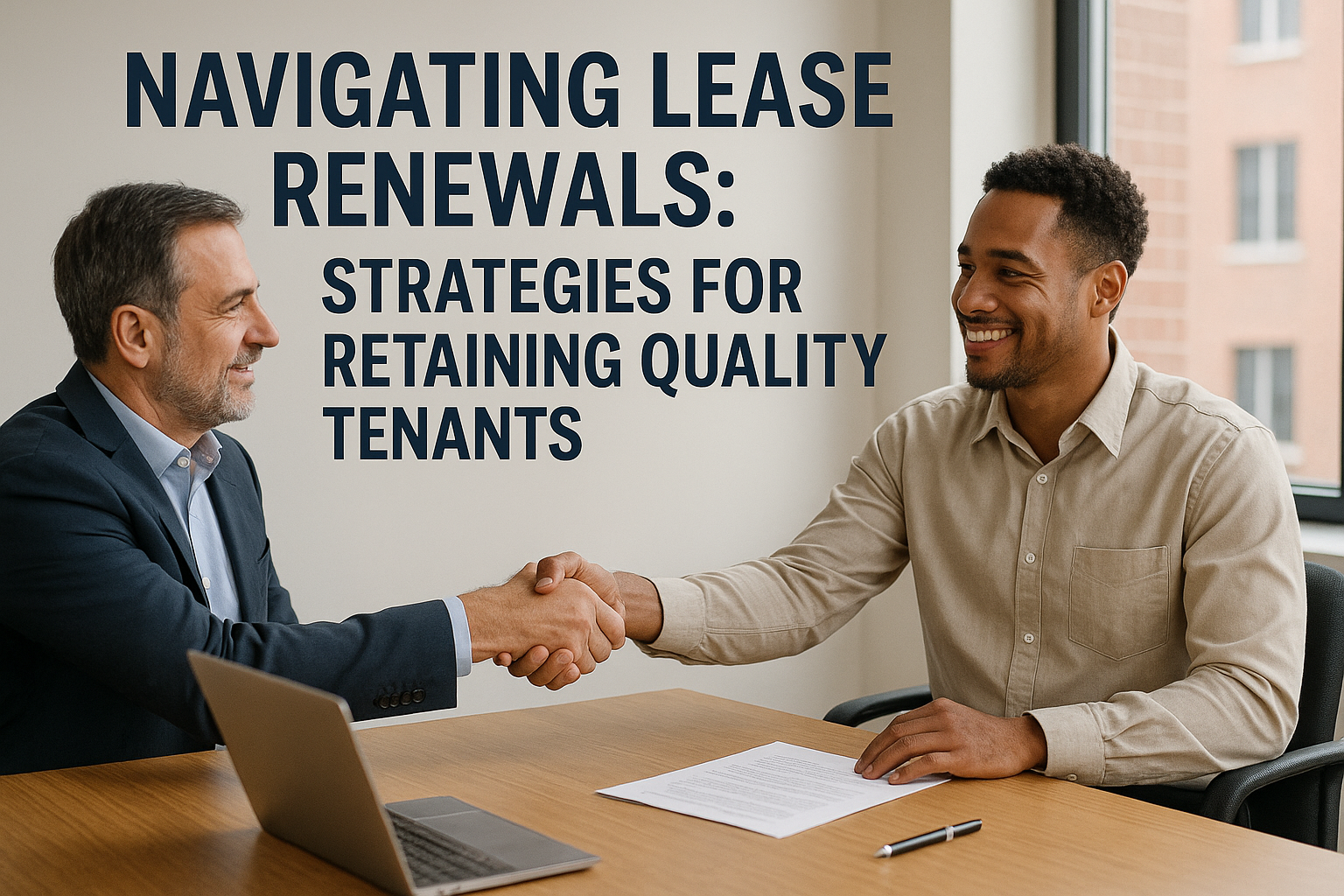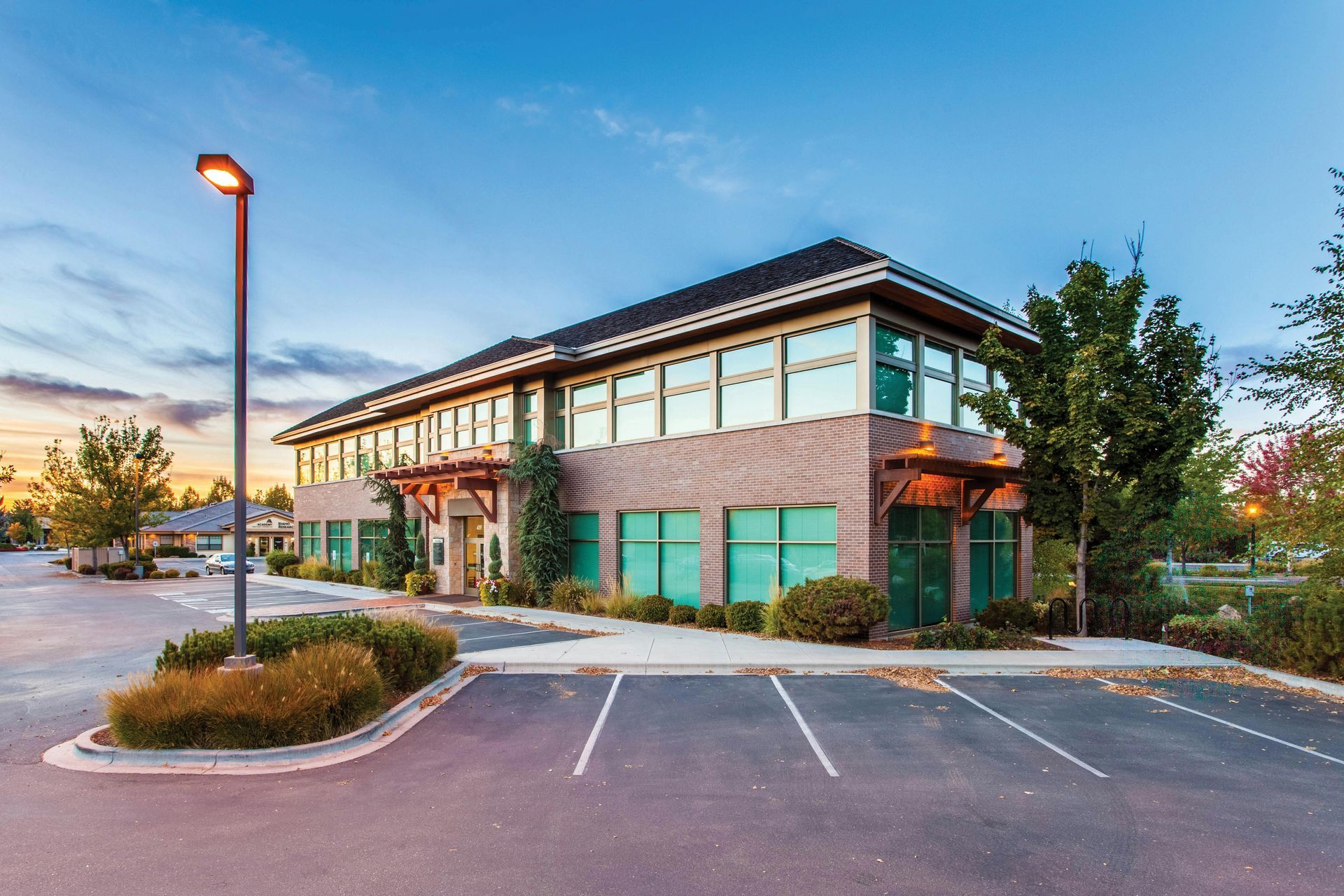Why A Lease Renewal Agreement Matters
Vacancies can cost landlords tens of thousands in lost rent, marketing expenses, downtime, and tenant improvements for a new occupant. Retaining a solid tenant avoids these costs and fosters stability in your property’s income stream. Plus, strong tenants help maintain the integrity and reputation of your commercial property, especially in shared spaces like retail centers and office parks.
Start Early—Way Early
One of the biggest mistakes landlords make is waiting too long to begin lease renewal conversations. Best practice is to begin discussions
6 to 12 months before the lease ends, depending on the lease length and tenant size.
- Gives you time to assess market rates and performance.
- Helps tenants plan their budgets and business operations.
- Avoids last-minute pressure, which can sour negotiations or push tenants to look elsewhere.
Evaluate the Tenant Relationship
Before you enter renewal talks, take stock of the tenant’s value to your property. Consider:
- Payment history: Are they consistent and on time?
- Property care: Do they maintain the space well?
- Business performance: Are they growing, stable, or downsizing?
- Synergy: Do they fit well with other tenants or your long-term property goals?
If they’re a strong tenant, your goal should be to
keep them happy and secure a long-term commitment—possibly with incentives or favorable terms.
📍 Texas-Specific Considerations for Lease Renewals
Commercial lease dynamics in Texas—especially Central Texas—can be quite different than in other states. The state's rapid population growth, pro-business climate, and low taxes make markets like Austin, Georgetown, and Pflugerville increasingly competitive for tenants and landlords alike.
Local Insight:
In fast-growing areas like
Georgetown
and
Hutto, demand for industrial and flex space is skyrocketing. If you’re leasing in one of these high-growth corridors, your renewal strategy should reflect the tenant’s awareness of their own bargaining power in a tight market. Conversely, in areas with higher office vacancies (like certain sectors of Austin post-pandemic), landlords may need to offer more flexibility and creative incentives.
Understand Market Conditions
Don’t walk into negotiations blind. Run a market analysis to understand:
- Current market rates for comparable properties.
- Vacancy rates in your area.
- Demand for your specific type of property (office, retail, industrial, etc.).
- Recent concessions or incentives offered by competing landlords.
🔍
Texas Tip: With property taxes fluctuating significantly due to reassessments, landlords should communicate early and often about how these increases may affect
NNN lease terms. Texas tenants often don’t expect these changes and may appreciate transparency before it hits their monthly costs.
Communicate Openly and Often








